Choosing the right hair will make your deer hair flies - Comparaduns, EHC's, Muddlers, bass bugs - much easier to tie.
The North American Whitetail Deer
The whitetail deer provides the fly tier with a variety of hair for many different fly patterns for both fresh and saltwater fishing. It is easily obtainable and relatively inexpensive in cost.
The two major species of deer in North America are the whitetail (Odocoileus virginanus) and the mule deer (O. hemionus). Worldwide there are 30 subspecies of whitetail of which 17 are found in North America. Mule deer compromises of 11 subspecies of which eight live in North America. This is important to the fly tier because some species of whitetail have hair that is much more suitable for fly tying than others.
Different regions of North America have different subspecies and each of these deer have their own hair characteristics. The subspecies which inhabit the northern states and southern Canada generally possess the best overall hair quality for a variety of tying requirements. The hair which is used in tying is obtained from the "winter coat" (blue coat) of the whitetail. The term "blue coat" is of the roots of the hair which grow through the skin before the hair has grown to its full length. Once the hair has grown out completely the inside of the skin is creamy white. The summer coat (red coat) lacks the qualities necessary to make good tying hair. It is solid in texture, much more tapered, and wirey in texture. The majority of the winter coat is kinky to wavey in appearance, and is described as "hollow". This is not a completely accurate description of the winter hair as it is not hollow like a drink straw, but rather each hair is filled with hundreds of tiny air pockets which serve as the insulation for the deer in cold climatic conditions. This "hollow" quality is also the reason the hair floats.
Molting
The whitetail goes through two molting processes each year. The most important molting period to the fly tier is the fall molt. This process begins in late August or early September, depending on the latitude. The new winter coat pushes out the summer coat in varying parts of the body until the entire hair coat has been replaced with winter coat. This hair is very short as it begins much like grass seed that just begins to sprout in a new lawn. The hair grows very rapidly and will reach about 1- 1 1/4" in 30 days. This short time is when to obtain hair which is ideal for Comparaduns, Caddis patterns, and Muddlers, just to name a few. In the northern states such as Ohio, Michigan, Minnesota and Wisconsin, the ideal hair for the patterns mentioned above is best obtained during the second and third week of October. This may vary slightly for deer found farther south. Because this is bow season it may be difficult to obtain any large number of hides, but for a single tier attempting to obtain one hide, the task shouldn't be impossible.
No two hides are the same
By mid to late November the hair length will have reached its maximum length which is 2 to 2 1/4", with some hair being slightly longer on a few deer. When the hair has reached its maximum length, it is well suited to spinning and stacking for use in bass bugs. Refer to the deer hair chart to identify the various parts of the hide which produce hair for specific tying purposes. Not two deer hides are exactly the same in color and texture. The quality of a particular animal's hair for tying purposes is determined by heredity, food, age, and sex. A quality diet of corn, beans, apples, acorns, and many other plants is reflected in a healthy animal's hide. The age of the deer is also important, as the average deer only survives one and one and one-half to two years. Hair from slightly older deer - three to five years - is usually superior in terms of the qualities sought for spinning and stacking. It is extremely difficult to obtain hides from deer of that age since only one-half of one percent of all whitetails live to be five years of age.
If you have access to a processing facility or meat market that handles deer for the hunter you will have the opportunity to view or inspect a large number of hides and begin to see the differences between them.
This drawing shows where to find different hair types on the hide of a Whitetail deer harvested after the directions described above.
Chart legends
- Mask (1)
- short, medium texture, marginal for caddis, Comparaduns. - Spinal cord area (2)
- fine texture, fairly long. For wings. - Body (3)
- medium length, usually coarse to medium texture. Good for spinning medium to small bass bugs, also useful for Madame X, hopper patterns and others where floatability is required. - Rump and belly (4)
- long coarse hair ideal for spinning large bass bugs, mice etc. White belly hair excellent for dyeing. - Legs (5)
- short, fine textured hair. Good for small Wulff patterns, small caddis - Bucktail (6)
- Ideal for streamers, trolling flies, Lefty's Deceivers
Explanations:
- Fine
- Will not flare; excellent for wings and tails - Medium
- Will flare to a limited degree, maximum 45 degrees - Coarse
- Will flare to almost 90 degrees; used for clipped hair body flies like muddlers and bass bugs.
| Type | Texture | Stiffness | Length (") | Length (cm) |
| Elk | ||||
| Bull | Medium | 1-2½ | 2.5-7 | |
| Cow | Coarse | 1½-2½ | 3-7.5 | |
| Yearling | Medium | 1½-2½ | 3.5-7 | |
| Hock | Medium | ¼ | 0.6 | |
| Mane | Fine | 3-6 | 7.5-15 | |
| Rump | Coarse | 2½-4 | 7-10 | |
| Deer | ||||
| Body | Coarse | 1½-2½ | 3.5-7 | |
| Neck | Medium | Soft | ¾-1¾ | 2-7.5 |
| Texas whitetail | Fine | ¾-1¾ | 2-7.5 | |
| Early season | Medium | Stiff | ½-¾ | 1-2 |
| Yearling | Medium | Soft | 1½-2½ | 3.5-7 |
| Antelope | ||||
| Generally | Coarse | Brittle | 1-1½ | 2.5-4 |
| Caribou | ||||
| Generally | Fine | ¾-1½ | 0.6-4 | |
| Moose | ||||
| Body | ½-2 | 1.5-5 | ||
| Mane | Coarse | 2½-8 | 7-20 | |
- Log in to post comments

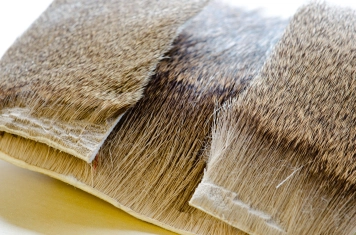
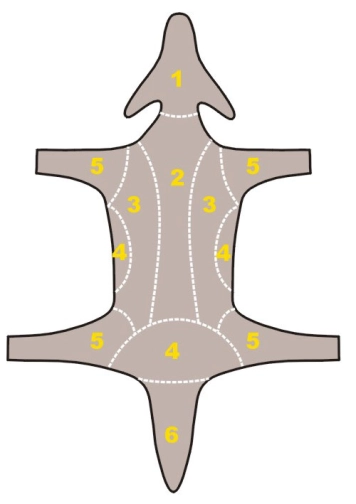
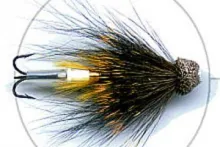
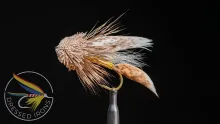

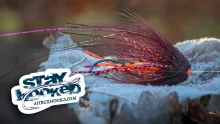
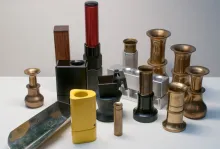


im de-hairing three
im de-hairing three hides 4 tanning an hate 2 throw away the hair but dont know what 2 do with it
what are the 17 spec
what are the 17 species in north america?
I would like to sell
I would like to sell deer hair, but have no idea what it is worth or how to go about it. Any ideas?
was wondering if you
was wondering if you have any tips on bleaching and dying caribou hair, reciepies for dye baths etc. Have been trying to find fluorecent blue